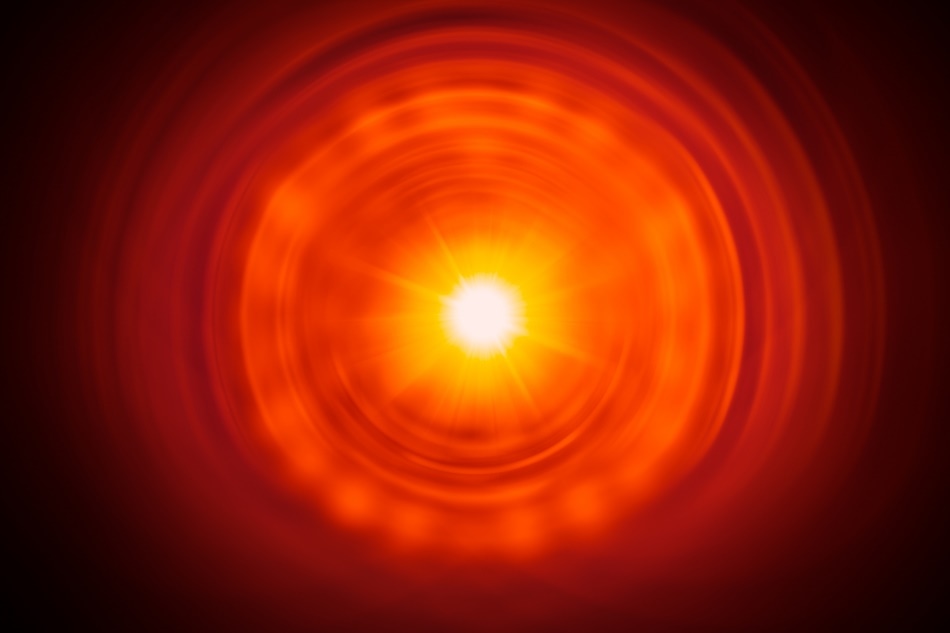
Image credits: Quality Stock Arts/shutterstock.com
Researchers at the KTH Royal Institute of Technology have innovated a way to convert invisible infrared light into an energy source. Until now, even though around 50% of the solar radiation provided to the earth comes in the form of infrared light, modern solar panels have been unable to efficiently convert this sort of light into power.
The revolutionary development which has been enabled through the use of nanotechnology looks as though it will have a significant impact on the future of solar power.
A Boost in Efficiency
In a time when the planet’s use of energy is increasing rapidly, as both the population and use of technology grows, and global agencies seek to reduce their carbon footprint, there has never been a greater interest in renewable technologies.
Out of all the available renewable technologies, solar has become the most popular, with the installation of solar photovoltaic (PV) overtaking any other alternative technologies for energy generation. However, its efficiency at converting light energy into a useable power source has been stunted due to the difficulty of converting infrared light waves.
A study recently published in the scientific journal Nanoscale, demonstrates that nanotechnology provides the key to boosting the efficiency of solar power, through enabling the solar cells to convert infrared light.
At the KTH Royal Institute of Technology, Professor of Theoretical Chemistry, Hans Ågren, led a team that innovated a new kind of film with the capability of converting infrared light into useable energy. The study showed that the film that is placed over the top of conventional solar cells can increase the efficiency of the solar technology by around 10%, although the researchers believe there’s a huge potential to increase this further. Once optimized, Ågren’s team is confident the film will be able to increase the efficiency of the solar cells by as much as 25%.
Nanoparticles Offer the Solution
Infrared wavelengths of light have always been the most difficult part of the spectrum to be converted into useable energy by solar cells. However, given that almost half of the light energy emitted to the earth comes in this wavelength, scientists have sought to innovate a way to utilize this form of energy.
The solution has come with the help of nanotechnology. While previous conventional solar cells have used photosensitizers in the form of perovskites and dyes that have had an incredibly limited responsively to infrared light, nanochemistry has been able to provide a solution to boost the capabilities of these cells. The researchers added in nanocrystals combined with chains of microlenses.
Recent years have seen a boom in research into nanoparticles, and due to this, the development of lanthanide-doped upconversion nanoparticles (UCNPs) has led to nanoparticles with a luminescence quantum efficiency of up to 19%. Although, the excitation-intensity threshold of these nanoparticles was too high to register infrared light.
So, due to the low excitation, the light converting capacity of UCNPs was not fully exploited. Ågren’s team found a way around this. They established new microlenses to concentrate the light, converting the infrared light into visible light, at wavelengths the solar cells can convert.
As a result, due to the thin film encompassing the microlenses, the nanoparticles within the solar cells are able to convert infrared light into useable energy.
The innovation is expected to assist various types of solar cells in converting infrared light, having the impact of inhaling their efficiency. The future will see the team continuing to work on their invention, the focus now being on optimizing it so that the film helps the cells convert more light into usable energy. Future efficiencies could potentially be 20-25% more than what conventional solar cells currently work at.
Disclaimer: The views expressed here are those of the author expressed in their private capacity and do not necessarily represent the views of AZoM.com Limited T/A AZoNetwork the owner and operator of this website. This disclaimer forms part of the Terms and conditions of use of this website.